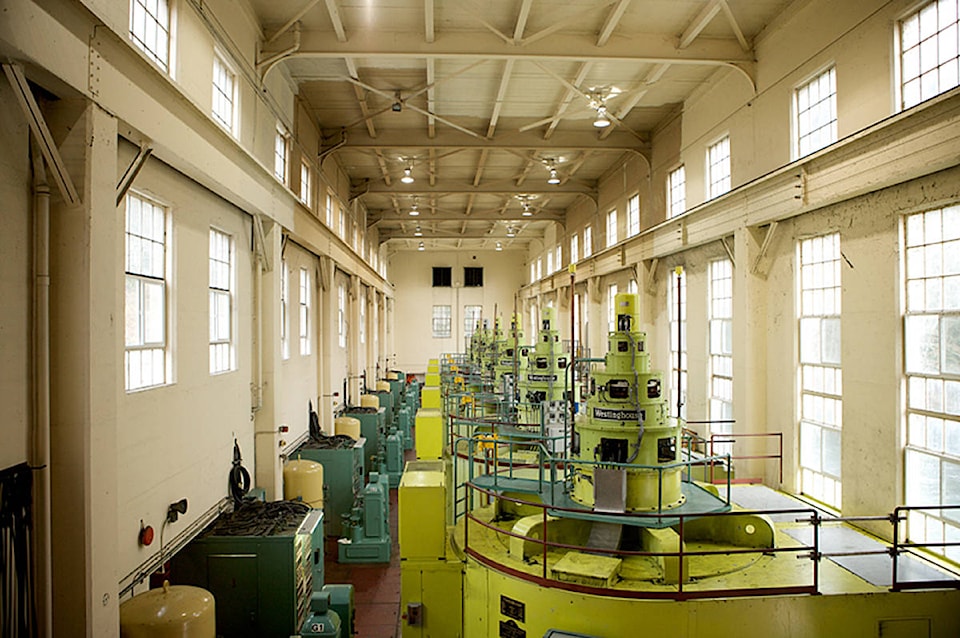A problem with one of the five remaining generating units at John Hart generating station required a partial shutdown of the station on Tuesday.
Late Tuesday afternoon, an electrician discovered some equipment issues with one of the five remaining operating generating units inside the John Hart generating station, BC Hydro spokesperson Stephen Watson said.
This required an immediate shut down and inspection and an increase in the flow down Elk Falls Canyon to meet fish habitat flow requirements downstream in the Campbell River. Because of the increased flow, the public is being advised to stay away from the river near and upstream of Elk Falls.
BC Hydro shut down Generator 5 in early October to accommodate the transition from the old facility to the new facility as part of the John Hart Generating Station Replacement Project. On Monday, BC Hydro had an issue with some substation equipment that supports Generator 3, which had to be taken offline and is expected to back in service as early as Friday. Now with the equipment issues discovered on Tuesday with Generator 4, there are presently only have three generators in operation.
The flow rate in the Campbell River was about 100 cubic metres per second (m3/s) until it was reduced to about 85 m3/s on Monday in response to the issue with Generator 3. Then with Generator 4 going offline on Tuesday afternoon, Hydro increased flow down Elk Falls to continue to provide that 85 m3/s flow rate in the river downstream of the generating station.
Generally, a flow rate of about 80 m3/s fully covers the fish habitat in the Campbell River. However, with the gravel movement in the riverbeds from the record-breaking fall 2016 storms, there is some gravel dewatering and formation of isolated pools at a higher flow rates.
“We had biologists on Monday visit known sites and moved about 100 adult chum salmon from isolated pools back into the mainstem of the river,” Watson said. “In addition, 11 adult chum mortalities were recorded. These fish were pre-and post-spawn condition. BC Hydro will continue to closely monitor fish habitat in the future if flows need to go below around 95 m3/s.”
The Elk Falls Canyon base flow is 4 m3/s, though there was a fish migration and spawning pulse flow of 7 m3/s in place on Tuesday evening. As of Tuesday night, Hydro has now increased the canyon flow rate to about 25 m3/s. This will stay in place until at least Friday, when it is hoped to have Generator 3 back to service.
As always, increased flow provides for a short-term viewing opportunity of Elk Falls from the Elk Falls suspension bridge.
It is currently not known when Generator 4 may be returned to service.
The new underground powerhouse and water bypass facility, which is designed to protect downstream fish habitat and replace the old above-ground John Hart generating station, is expected to be fully operational in fall 2018.
